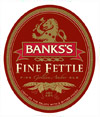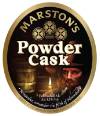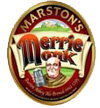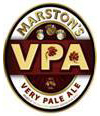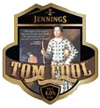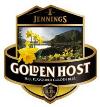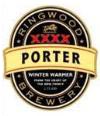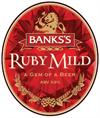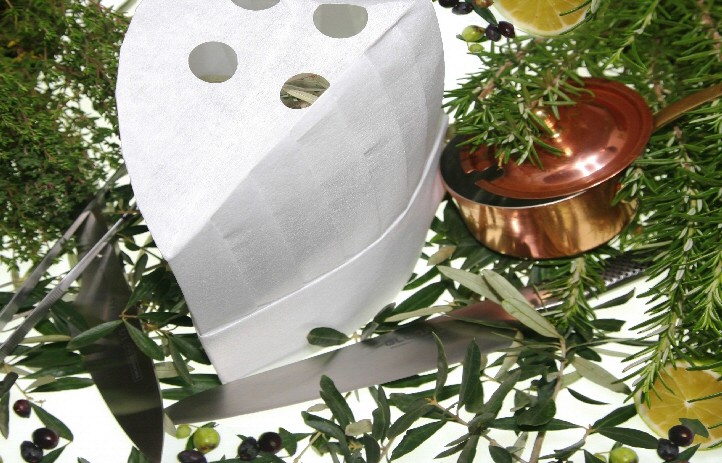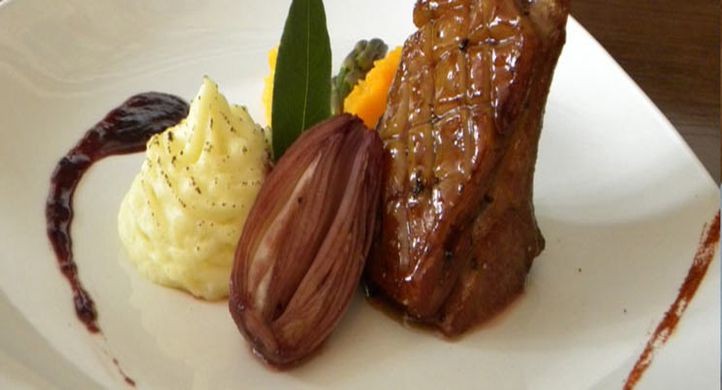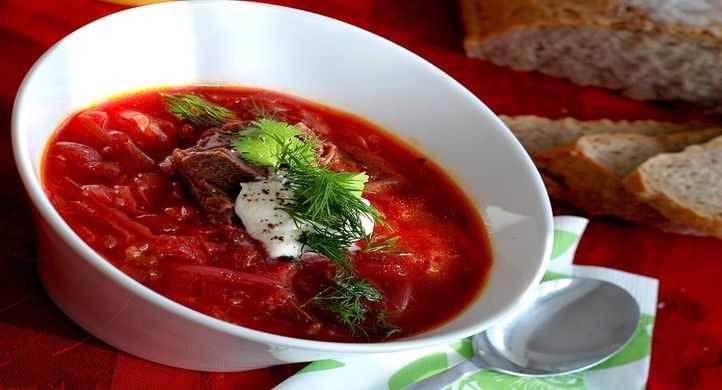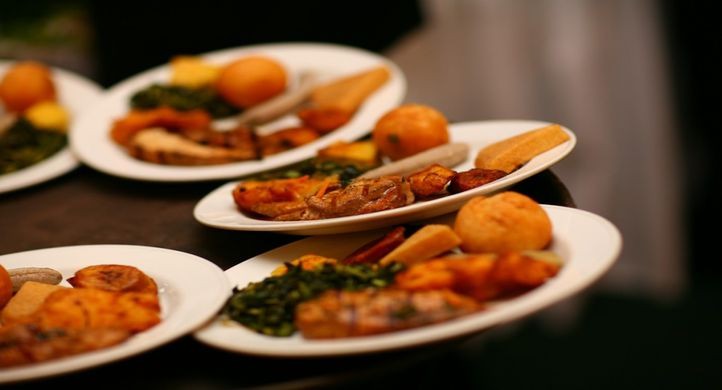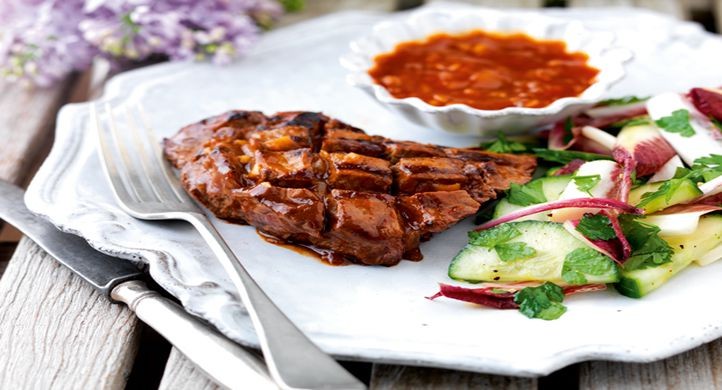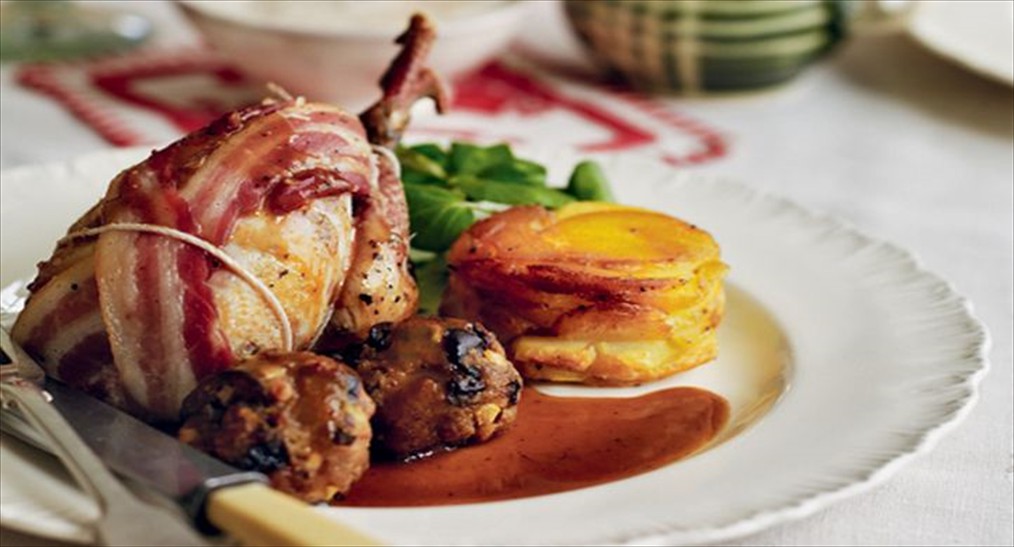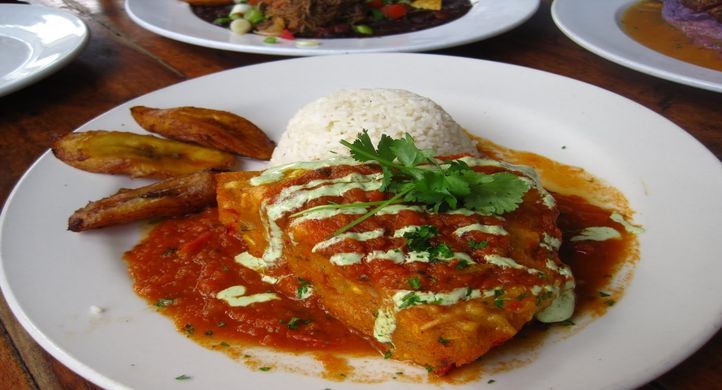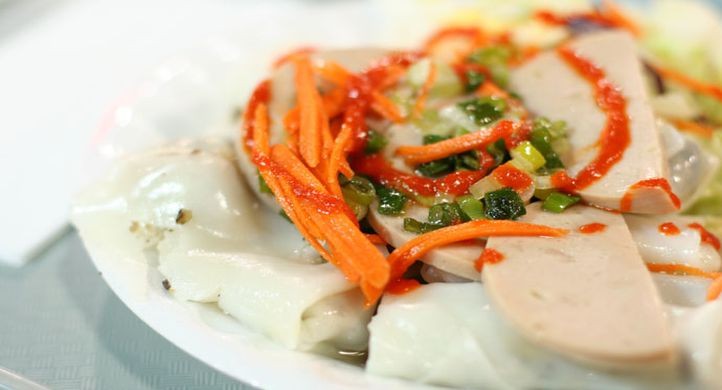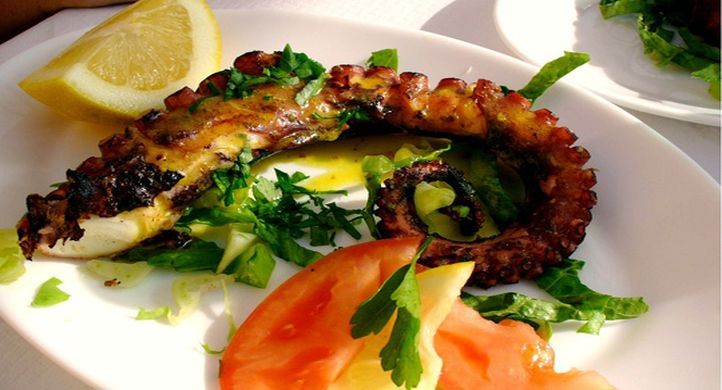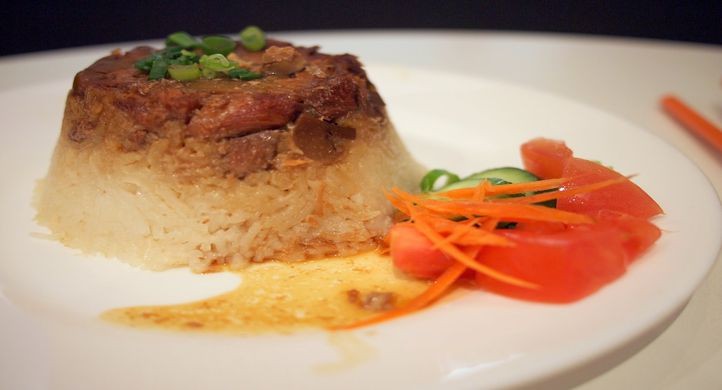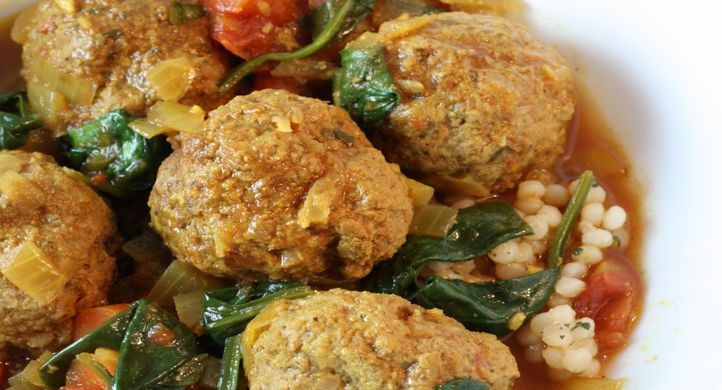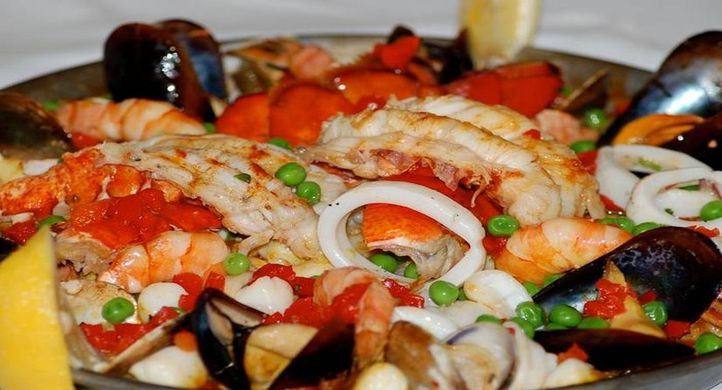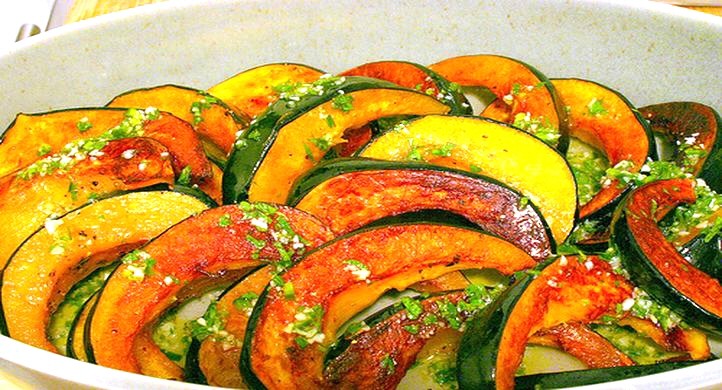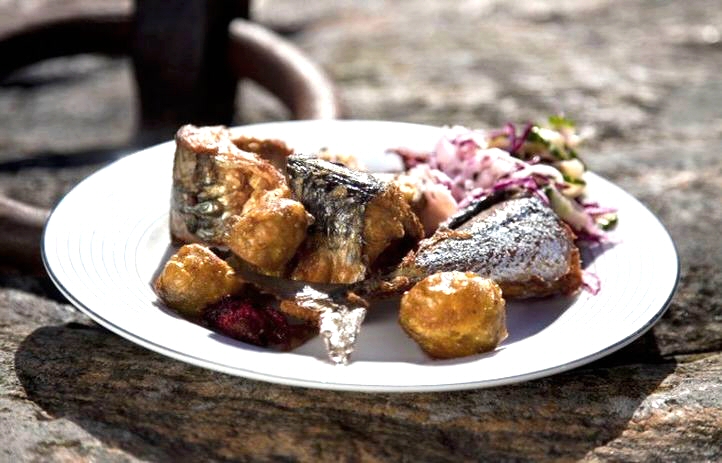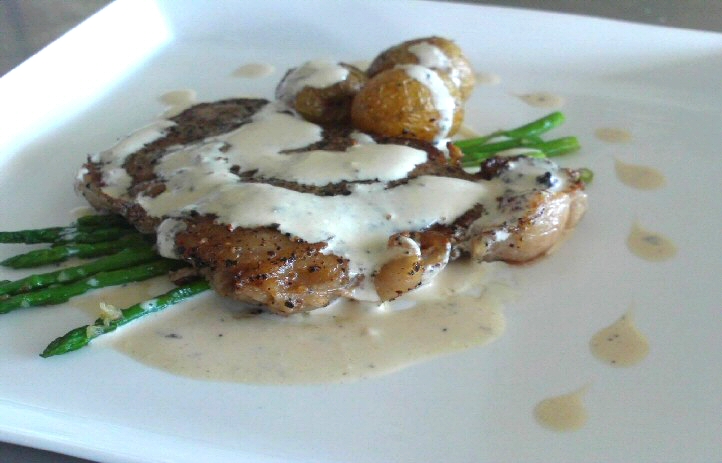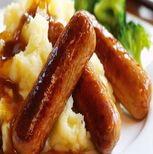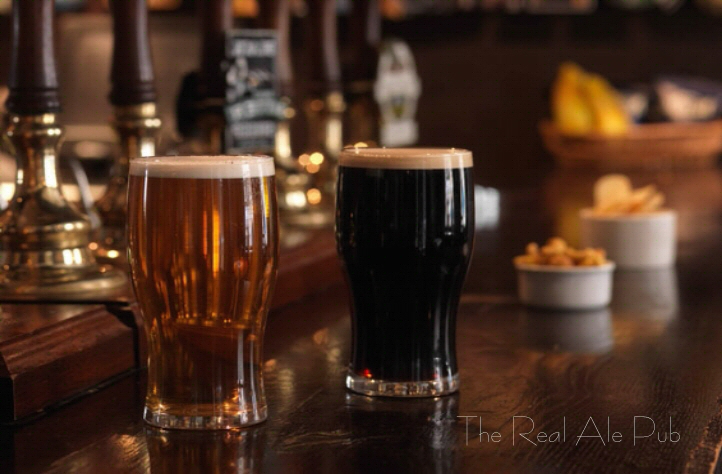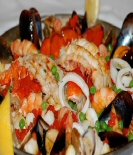|
 January - Peru Mountain Dishes Cuisine - Peruvian
reflects local cooking practices and ingredients and, through immigration, influences from Spain, China, Italy, West Africa, and Japan. Peru modified their traditional cuisines by using ingredients available in Peru. The three traditional staples of Peruvian cuisine are corn, potatoes, rice, peppers, and beans. Meal January - Peru Mountain Dishes Cuisine - Peruvian
reflects local cooking practices and ingredients and, through immigration, influences from Spain, China, Italy, West Africa, and Japan. Peru modified their traditional cuisines by using ingredients available in Peru. The three traditional staples of Peruvian cuisine are corn, potatoes, rice, peppers, and beans. Meal  menu Platter menu Platter  menu menu
 February - Thai Fine Cuisine - Thai cuisine is one of the most popular cuisine in the world. Thai cooking places emphasis on lightly prepared dishes with strong aromatic components and a spicy edge. It is known for its complex interplay of at least three and up to four or five fundamental taste senses in each dish or the overall meal: sour, sweet, salty, bitter, and spicy. Meal February - Thai Fine Cuisine - Thai cuisine is one of the most popular cuisine in the world. Thai cooking places emphasis on lightly prepared dishes with strong aromatic components and a spicy edge. It is known for its complex interplay of at least three and up to four or five fundamental taste senses in each dish or the overall meal: sour, sweet, salty, bitter, and spicy. Meal  menu Platter menu Platter  menu menu
 March - Mexican Spicy Cuisine - is primarily a fusion of indigenous Mesoamerican cooking with European, especially Spanish, elements added after the Spanish conquest of the Aztec Empire in the 16th century. The basic staples are native foods, such as corn, beans and chili peppers. Europeans introduced a large number of other foods, the most important of which were meats from domesticated animals (beef, pork, chicken, goat, and various herbs and spices. Meal March - Mexican Spicy Cuisine - is primarily a fusion of indigenous Mesoamerican cooking with European, especially Spanish, elements added after the Spanish conquest of the Aztec Empire in the 16th century. The basic staples are native foods, such as corn, beans and chili peppers. Europeans introduced a large number of other foods, the most important of which were meats from domesticated animals (beef, pork, chicken, goat, and various herbs and spices. Meal  menu Platter menu Platter  menu menu
 April - Greek Village Cuisine - is a Mediterranean cuisine, sharing characteristics with the cuisines of Italy, the Balkans, and the Levant. Contemporary Greek cookery makes wide use of olive oil, vegetables and herbs, grains and bread, wine, fish, and various
meats, poultry, rabbit and pork. Meal April - Greek Village Cuisine - is a Mediterranean cuisine, sharing characteristics with the cuisines of Italy, the Balkans, and the Levant. Contemporary Greek cookery makes wide use of olive oil, vegetables and herbs, grains and bread, wine, fish, and various
meats, poultry, rabbit and pork. Meal  menu Platter menu Platter  menu menu
 May - Cuban Island Cuisine -
is a fusion of Spanish, African and Caribbean cuisines. Cuban recipes share spices and techniques with Spanish and African cooking, with some Caribbean influence in spice and flavor. This results in a unique, interesting and flavorful blend of several different cultural influences. Meal May - Cuban Island Cuisine -
is a fusion of Spanish, African and Caribbean cuisines. Cuban recipes share spices and techniques with Spanish and African cooking, with some Caribbean influence in spice and flavor. This results in a unique, interesting and flavorful blend of several different cultural influences. Meal  menu Platter menu Platter  menu menu
 June - Spanish Colourful Cuisine - consists of a variety of dishes, which stem from differences in geography, culture and climate. It is heavily influenced by seafood available from the waters that surround the country, and reflects the country's deep maritime roots. Spain's extensive history with many cultural influences has led to an array of unique cuisines with literally thousands of recipes and flavors. It is also renowned for its health benefits and fresh ingredients, as Mediterranean diet. Meal June - Spanish Colourful Cuisine - consists of a variety of dishes, which stem from differences in geography, culture and climate. It is heavily influenced by seafood available from the waters that surround the country, and reflects the country's deep maritime roots. Spain's extensive history with many cultural influences has led to an array of unique cuisines with literally thousands of recipes and flavors. It is also renowned for its health benefits and fresh ingredients, as Mediterranean diet. Meal  menu Platter menu Platter  menu menu
|
 July - Vietnamese Rural Dishes
- Regular ingredients include fish sauce, shrimp paste, soy sauce, rice, fresh herbs, fruits and vegetables. Vietnamese recipes utilize lemongrass, mint, long coriander and Thai basil leaves. Traditional Vietnamese cooking is greatly admired for its fresh ingredients, minimal use of oil, and reliance on herbs and vegetables. Vietnamese food is ranked the healthiest cuisines in the
world. Meal July - Vietnamese Rural Dishes
- Regular ingredients include fish sauce, shrimp paste, soy sauce, rice, fresh herbs, fruits and vegetables. Vietnamese recipes utilize lemongrass, mint, long coriander and Thai basil leaves. Traditional Vietnamese cooking is greatly admired for its fresh ingredients, minimal use of oil, and reliance on herbs and vegetables. Vietnamese food is ranked the healthiest cuisines in the
world. Meal  menu Platter menu Platter  menu menu
 August - Jamaican
Topical Cuisine - includes a mixture of cooking techniques, flavors, spices and influences from the indigenous people on the island, and the Spanish, British, Africans, Indian and Chinese who have inhabited the island. It is also influenced by the crops introduced into the island from tropical Southeast Asia.Jamaican cuisine includes various dishes from the different cultures brought to the island with the arrival of people from elsewhere. Other dishes are novel or a fusion of techniques and traditions. In addition to ingredients that are native to Jamaica, many foods have been introduced and are now grown locally. Meal August - Jamaican
Topical Cuisine - includes a mixture of cooking techniques, flavors, spices and influences from the indigenous people on the island, and the Spanish, British, Africans, Indian and Chinese who have inhabited the island. It is also influenced by the crops introduced into the island from tropical Southeast Asia.Jamaican cuisine includes various dishes from the different cultures brought to the island with the arrival of people from elsewhere. Other dishes are novel or a fusion of techniques and traditions. In addition to ingredients that are native to Jamaica, many foods have been introduced and are now grown locally. Meal  menu Platter menu Platter  menu menu
 September - Indonesian Organic Cuisine - is diverse, in part because Indonesia is composed of approximately 6,000 populated islands. Many regional cuisines exist, often based upon cultural and foreign influences. Indonesian cuisine varies greatly by region and has many different influences. Sumatran cuisine often has Middle Eastern and Indian influences, featuring curried meat and vegetables, while Javanese cuisine and Sundanese cuisine aremore indigenous. Meal September - Indonesian Organic Cuisine - is diverse, in part because Indonesia is composed of approximately 6,000 populated islands. Many regional cuisines exist, often based upon cultural and foreign influences. Indonesian cuisine varies greatly by region and has many different influences. Sumatran cuisine often has Middle Eastern and Indian influences, featuring curried meat and vegetables, while Javanese cuisine and Sundanese cuisine aremore indigenous. Meal  menu Platter menu Platter  menu menu
 October - French Village Cuisine - French cuisine has evolved extensively over centuries. The national cuisine started forming in the Middle Ages due to the influence of the work of skilled chefs and various social and political movements. The national cuisine developed primarily in the city of Paris with the chefs to French royalty, but eventually it spread
throughout the country and was even exported overseas, which was adapted into new dishes. Meal October - French Village Cuisine - French cuisine has evolved extensively over centuries. The national cuisine started forming in the Middle Ages due to the influence of the work of skilled chefs and various social and political movements. The national cuisine developed primarily in the city of Paris with the chefs to French royalty, but eventually it spread
throughout the country and was even exported overseas, which was adapted into new dishes. Meal  menu Platter menu Platter  menu menu
 November - Italian Sea Land Cuisine - Italian cuisine is characterized by its simplicity, with many dishes having only four to eight ingredients. Italian cooks rely chiefly on the quality of the ingredients rather than on elaborate preparation. Ingredients and dishes vary by region. Many dishes that were once regional, however, have proliferated with variations throughout the country. Meal November - Italian Sea Land Cuisine - Italian cuisine is characterized by its simplicity, with many dishes having only four to eight ingredients. Italian cooks rely chiefly on the quality of the ingredients rather than on elaborate preparation. Ingredients and dishes vary by region. Many dishes that were once regional, however, have proliferated with variations throughout the country. Meal  menu Platter menu Platter  menu menu
 December - British Game Cuisine - isthe specific set of cooking traditions and practices associated with the United Kingdom. British game cuisine is world renowned for the fine wild game pheasant, deer, rabbit and fish form the plentiful canal stretching all over England. Meal December - British Game Cuisine - isthe specific set of cooking traditions and practices associated with the United Kingdom. British game cuisine is world renowned for the fine wild game pheasant, deer, rabbit and fish form the plentiful canal stretching all over England. Meal  menu Platter
menu Platter  menu menu
|






